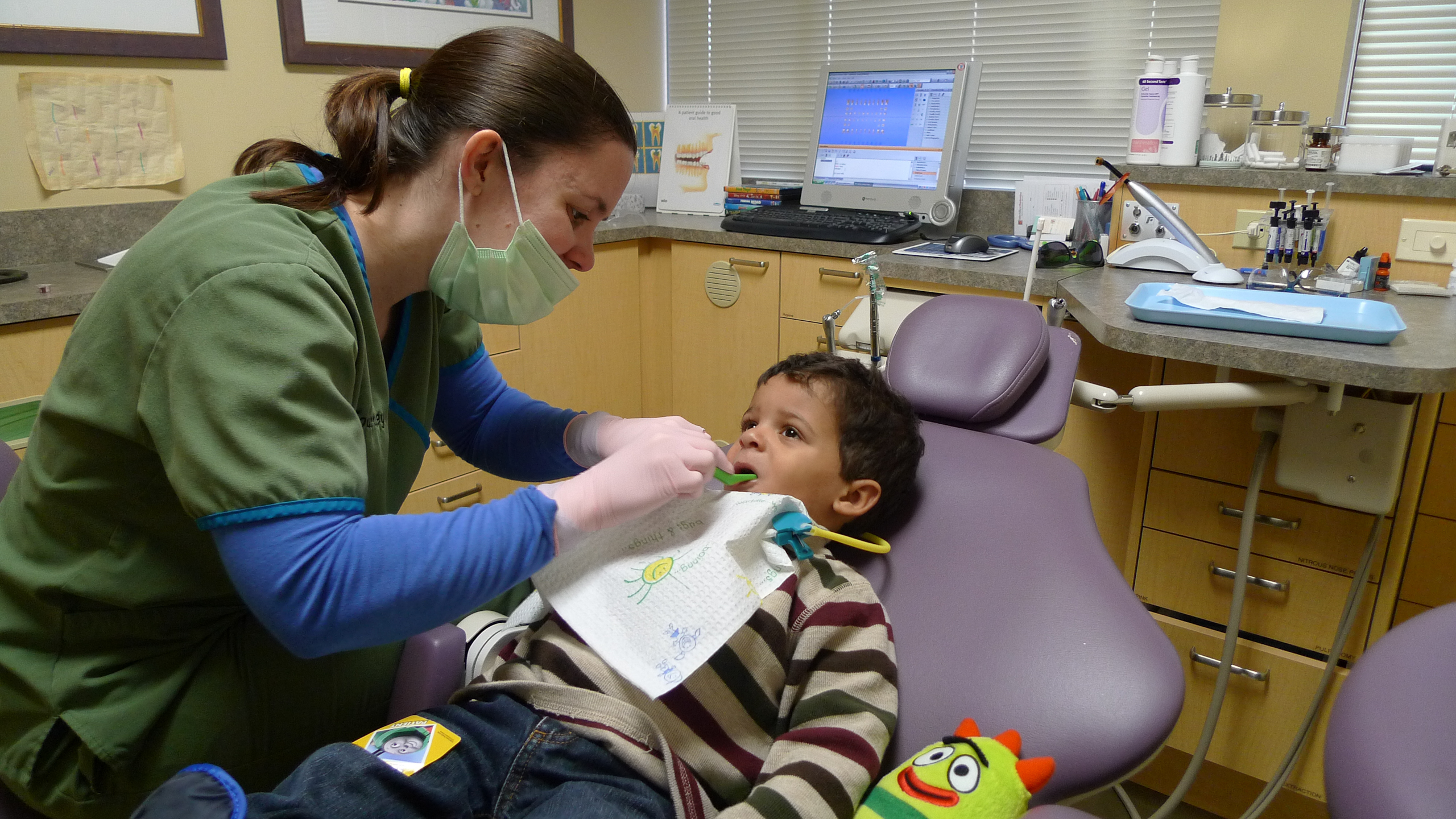
Canada’s healthcare, though plagued with problems of long wait times and staffing issues, is still praised for its egalitarian approach to healthcare. Through taxes, all Canadian citizens or permanent residents have their healthcare costs covered, avoiding hefty bills for necessary surgeries or routine checkups. However, the current plan of solely covering healthcare ignores a crucial part of the body, used every day and requiring annual maintenance to remain rot-free. When subsidized healthcare was introduced to Canada in 1966, the state seemed to forget about mental health, prescriptions, and teeth.
Dental Problems in Canada
A study in 2014 discovered that six million Canadians actively avoid going to the dentist each year, due to the high cost. Those who are disabled, low-income, or recent immigrants are disproportionately affected, and often unable to attend regular yearly dental appointments. With this barrier in place, small concerns can transform into decay, disease and dental pain, requiring procedures more expensive than an initial checkup.
Within Canada, 70% of all healthcare received is subsidized, contrasted with dental care; in 2011, 41% of all dental care was paid out of pocket, with the rest covered under private insurance. In Canada, employers are not required to provide dental insurance, leaving millions forced to live in pain.
Why Was it First Ignored?
Within Canada, provinces have jurisdiction over healthcare delivery, acting within the framework of the Canada Health Act. This legislation mandates subsidized care of hospitals and physician care within Canada, with no mention of public dental care. When first proposed in 1943, subsidized dental care was described as a “later stage” of healthcare, proposed to be implemented after hospital services were covered. In 1961, dental health was declared an individual’s responsibility by the Royal Commission on Health Services. Additionally, the Medical Care Act of 1966 had no mention of dental care aside from the Canada Assistance Plan, which contained funding for the dental needs of welfare recipients. This program was replaced in 1984 with the Canada Health Act, removing any public funding for dental care.
This exclusion stemmed from the political and cultural makeup of Canada within the late 1900s. The introduction of water fluoridation in the 1950s was viewed as a cheaper alternative for subsidized care, seen to be an equitable way to serve the population. Dentists also campaigned against merging their practices with the government, citing a potential drop in quality of care, and a potential staff shortage. As well, the 1970s brought the rise of the Canadian middle class, a group armed with jobs that provided strong dental benefits. As such, the privatization of dental care was accepted in Canadian society.
What has been done?
Within Canada, the government subsidizes care for state-recognized Indigenous groups and the Armed Forces, along with allocating provincial funds for low-income children. However, in November of 2022, Bill C-31 introduced government-funded dental care for low-income families. Paying up to $650 a year per child, this bill focuses on covering basic care, not including emergencies. Any family with a net income under $89,999 is eligible, so long as their children have no private dental coverage. Applying for this coverage requires submitting financial information to prove eligibility, and ensuring that no coverage is available through any family member. This plan comes as a continuation of the Liberal-NDP promise to subsidize dental care. By 2025, the Canadian Federal Government plans to expand to all family members of low-income families, as long as they remain within the previously established financial threshold. Singh described this initiative as “the first step”, but no plans have been announced covering all Canadians as of yet. Both the conservative and Bloc Quebecois parties unanimously voted against this bill, with conservative leader Andrew Scheer saying that it would only make the cost of living crisis worse.
Public SupportThis has been a step in the direction of full coverage, helping those most at risk. However, it still does not protect all Canadians. Even in 2025, only 4.3 million out of 38 million Canadians will have access to dental care. This plan only covers 500 000 children, leaving the bulk of the population struggling. As well, a price ceiling of $650 leaves families vulnerable to urgent dental procedures. For example, getting dentures, which are a procedure necessary for thousands of Canadians, can cost up to six thousand dollars. Even cracking a tooth, a common occurrence requiring emergency care, can cost anywhere from $170 to $500. In 2019, a poll found that 86% of all people in Canada supported government-funded dental care. 5.3 billion dollars have been allocated over the next five years to continue developing Bill C-31, with the next phase planning to cover all under eighteen or those with disabilities.
Edited by Ewa Bozerocka.
The opinions expressed in this article are solely those of the author and they do not reflect the position of the McGill Journal of Political Studies or the Political Science Students’ Association.
Featured image by Chris Anderson obtained via Flickr under a Attribution-NoDerivs 2.0 Generic (CC BY-ND 2.0) license.